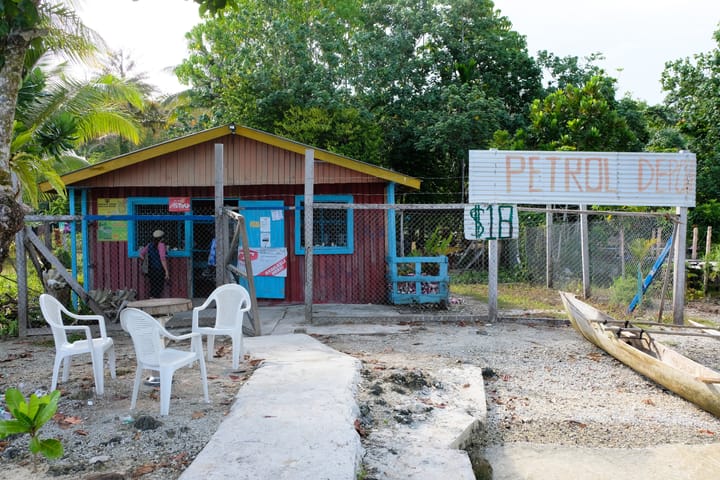Afrobarometer: After a decade of growth in Africa, poverty continues
Afrobarometer has just released a new policy brief: “After a Decade of Growth in Africa, Little Change in Poverty at the Grassroots”. In it, Boniface Dulani, Robert Mattes and Carolyn Logan present data collected across 34 African countries between October 2011 and June 2013, which demonstrates that “lived poverty” remains pervasive across the continent.
For the 16 countries where Afrobarometer has collected data over the past decade, the authors find little evidence for systematic reduction of lived poverty despite average GDP growth rates of 4.8 per cent per annum over the same period.
Findings like these appear to challenge those of authors such as Steven Radelet (Emerging Africa: How 17 Countries Are Leading the Way) who argue that sustained high levels of growth are leading to increases in average earnings and a reduction of poverty.
Dulani and Co. conclude:
While economic data suggests that African countries may be making important strides in achieving and sustaining high growth rates, survey data from 34 countries shows that there is a disconnect between reported growth and the persistence, in both frequency and severity, of poverty among ordinary citizens. Meeting their basic daily needs remains a major challenge for a majority of Africans, even at a time when their countries are reporting impressive economic gains. While several countries demonstrate progress in reducing the experience of poverty, there are as many where lived poverty has increased. These findings suggest that either economic growth is not trickling down to average citizens and translating into poverty reduction (and in fact, is instead leading to growing income inequality), or that there is reason to question whether reported growth rates are actually being realised. In either case, it is evident that African governments need to focus as much attention on poverty reduction efforts as they are on growing their economies. The evidence suggests that investments in education and infrastructure may be among the most effective ways to extend economic gains to the continent’s poorest citizens.


